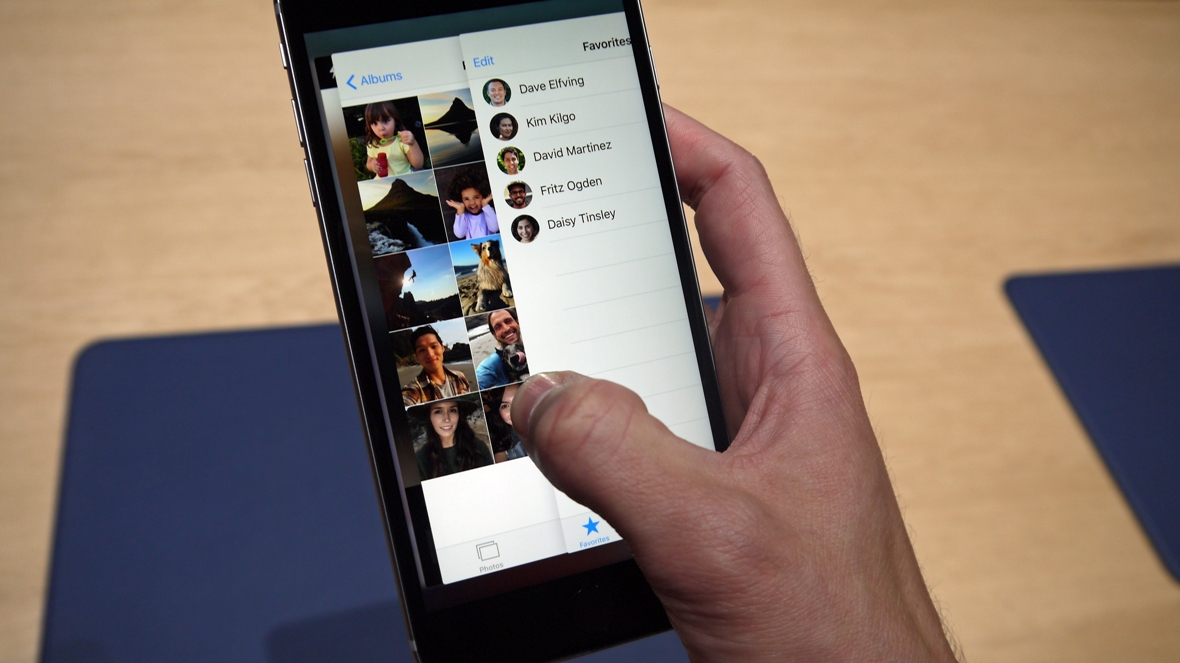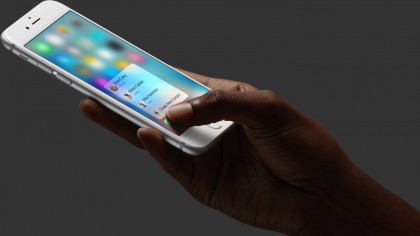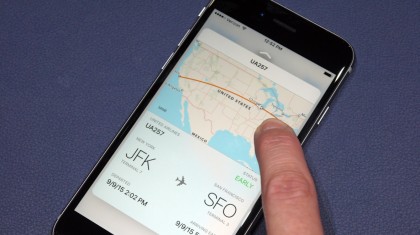iPhone 6S's missed business opportunity
Did Apple leave business users behind?

A couple of times a year, "tech Christmas" rolls around in the form of Apple events, where Apple releases updates and new products that the tech industry has been salivating over for weeks and months. Earlier this week, Apple did not disappoint by introducing some of the more interesting products and features they've released in sometime, even deviating from some typical Apple stances (stylus, what?).
The two show-stealers were the iPhone 6S and the iPad Pro, and yet the they hit different audiences. The iPhone 6S was fully targeted toward the consumer, particularly how the 3D Touch technology will give users a new way to interact with their phones. But what about business? The iPad Pro, 78% bigger than its predecessor the iPad Air 2, delivers a packed punch with a hefty processor, Apple Pencil and smart keyboard accessories for the perfect business sidekick.
While the iPad Pro does answer a lot of needs for bringing Apple's tablet into serious consideration for business use, did Apple miss the boat on highlighting how the "best iPhone yet" can be used for business purposes as well?
Touching on the business user
3D Touch, or the ability to tap a little more firmly to unveil other functions, is the biggest feature announced around the new iPhone, bringing a new way to interact with the iPhone. The biggest win is that it takes away a lot of unnecessary clicking around applications to help power users stay efficient and productive.

When email and other forms of communication make up more than half of our day, having the ability to use 3D Touch to increase the speed with which business users answer daily emails, texts and phone calls is tremendous.
While these initial options already present quite the game change for "pro" iPhone users, the real test will come from third-party developers who will factor 3D Touch into their functionality.
Need for speed
In addition to the screen function upgrade, the new iPhone throws an upgraded chipset into the mix in the shape of the A9 processor.
Are you a pro? Subscribe to our newsletter
Sign up to the TechRadar Pro newsletter to get all the top news, opinion, features and guidance your business needs to succeed!
Not only is the A9 faster, it's also more battery efficient. This means business users can travel from meeting to meeting, answering emails and taking calls on the go without the constant worry of needing to find a charging station. In addition, for those who use the phone to play games, the experience will be faster and better than any predecessor has seen.
Business users need more
All in all, the iPhone 6S and iPhone 6S Plus features functionalities and improvements that make the phone better for business use, yet Apple avoided highlighting this, focusing only on the iPad Pro for professionals. Perhaps the company did not want to lose the buzz around the iPad.
Up until now, iPhones have been users' leisure or personal phone, while Android and Blackberry have owned the business phone market due to security and productivity strength. This event was the opportunity for Apple to rise to the top of the class with a full-suite of business-friendly devices.

Instead, Apple kept the iPhone discussion traditionally consumer. By doing so, Apple is allowing its competitors to continue to own the conversation around business use, like Samsung, which claims to have the fastest smartphone on the market with productivity-boosting features like split-screen multitasking and S finder, which helps you quickly locate files stored on the phone.
With a hefty price tag and mobile carriers moving away from subsidizing the cost of smartphones through binding yearly contracts, Apple should have honed in on how the updated iPhone brings more to the table than just leisure use. Competitors, like Motorola, provide quality phones, like the Moto E, that provide a clean OS experience, good battery life and speed of processing at a very affordable price. Apple should go beyond resting on the cachet of its brand to help unveil the true value their hardware and software deliver to help business-minded users move the needle or uncomplicate their day. Because that's worth any price.
- Read our comparison of the iPad Pro and Surface Pro 3